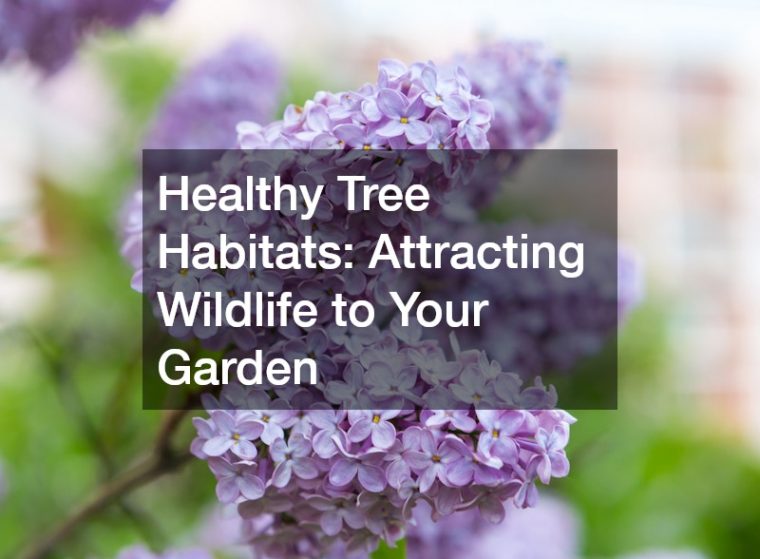Month: November 2024
Congratulations on becoming a new homeowner! Whether it’s your first house or an upgrade, moving into a new home is an exciting milestone. However, once the boxes are unpacked, it’s time to turn your attention to making sure your new space is safe, functional, and comfortable. Settling in goes beyond…
Creating a garden that supports local wildlife involves more than just planting a few trees and flowers. It’s about understanding the intricate relationship between native trees and the creatures that call them home. This article explores various ways to choose and manage trees to foster biodiversity while maintaining a healthy…

